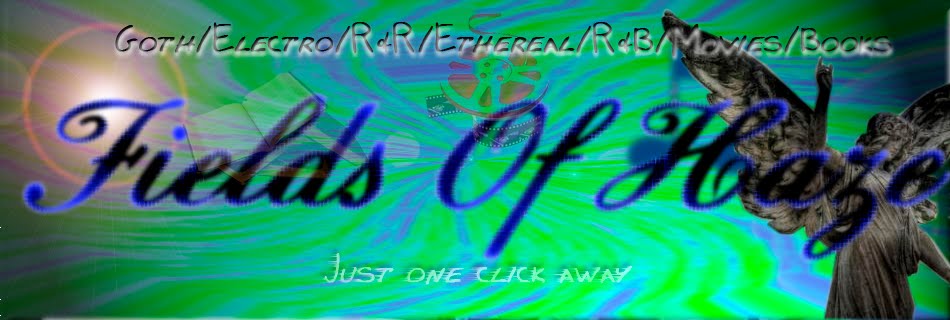
Style: Proto Punk, New Wave.
Similar Artists: Brian Eno, Leonard Cohen
Recording year: Get Back Records, 2004.
After decades of being circulated on inferior-sounding bootlegs, the January 1972 reconvergence of Velvet Underground (VU) co-founders Lou Reed (vocals/acoustic guitar), John Cale (guitar/viola/piano/vocals), and Nico (vocals/harmonium) in Paris at Le Bataclan has been committed to CD. A suitably noir mood hangs over them as they stonily amble through VU staples and key entries from their concurrent solo endeavors.
They commence with a slow and almost methodical "Waiting for the Man" as Cale offers up a simple piano accompaniment to Reed's casual guitar and lead vocal. Reed aptly describes the bleak torch reading of "Berlin" as his "Barbra Streisand song" before unveiling a profoundly minimalist interpretation. It captures the unnerving mood inescapably defining the city in the wake of WWII. They return to the early VU for an inspired "Black Angel Death Song." Reed's rhythmic chiming guitar incongruously fits beside Cale as he whittles away an austere viola counterpoint. Back briefly to Reed's eponymously titled debut for a very Dylanesque delivery of "Wild Child."
The reconnection between the duo begins to gel significantly if not audibly throughout an intense "Heroin," immediately recalling what makes the Cale/Reed combo so appealing. Cale seizes the reigns for the melodically and lyrically involved "Ghost Story" from Vintage Violence (1970). One rarity is Cale's "Empty Bottles," which he contributed to Jennifer Warnes' Jennifer (1972) album. Nico finally takes the spotlight for a healthy sampling of her work, couching a trio of post-VU efforts around three of her most memorable sides during her brief time in the band. They saunter into an intimate and warmly received mini-set featuring "Femme Fatale," "No One Is There," and "Frozen Warnings" of off Marble Index (1969), as well as "Janitor of Lunacy" from Desertshore (1970).
The show concludes with another trip into the VU songbook on a comparatively optimistic "I'll Be Your Mirror" duly juxtaposed against an edgy and sinister "All Tomorrow's Parties." While fans and pundits hopefully proclaimed the performance as the return of the Velvets, alas it would not be so. Le Bataclan '72 (2004) is a no-brainer for all dimension of VU, John Cale, Lou Reed, and/or Nico enthusiasts.

Fields Of Haze... Underground for all.















































